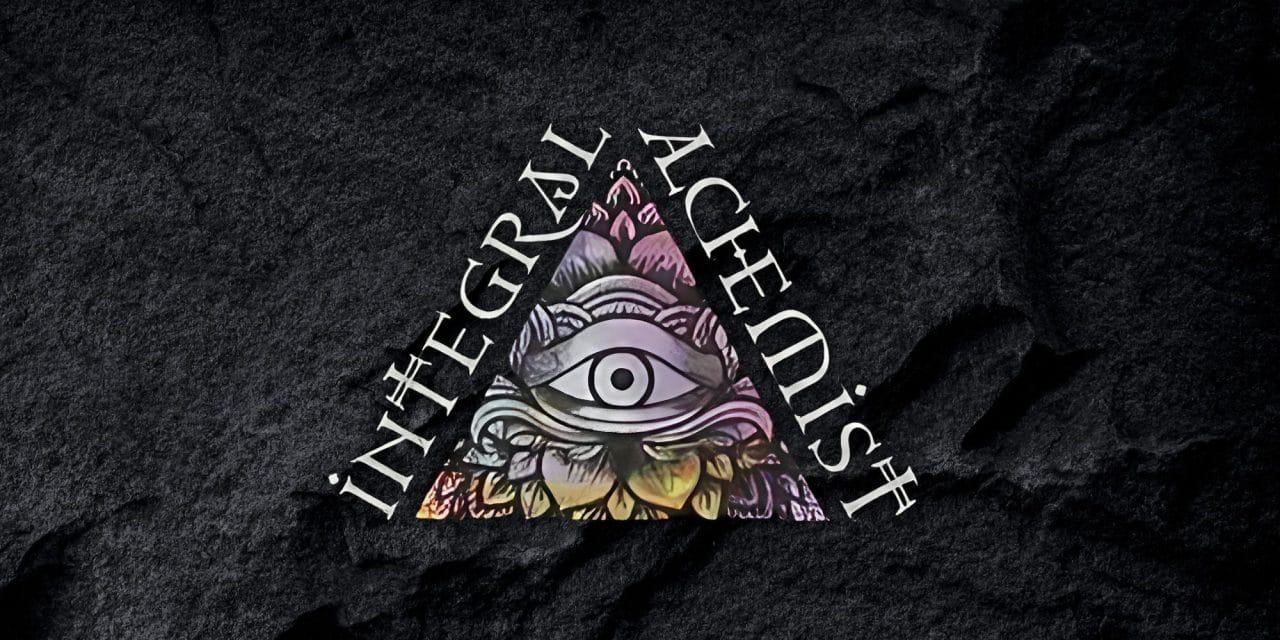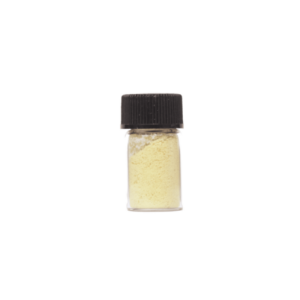Integral Alchemist
-
Integral Alchemist – Pure N,N DMT Freebase – 500mg
$180.00
Integral Alchemist
The Integral Alchemist brand fosters the advancement of human consciousness by offering the therapeutic properties of plants. This initiative is born from a deep exploration of the healing potentials of DMT sourced from various plants, cultivated through years of psychedelic exploration and chemical inquiry.
The brand now presents an extensive range of naturally derived DMT products, categorized under two distinct lines: Mimosa and Acacia.…
What is DMT?
DMT, often likened to psychedelics such as LSD and magic mushrooms, elicits comparable effects. Alternate monikers for this substance include Dimitri, Fantasia, or The Business Trip.
N-dimethyltryptamine, abbreviated as DMT, earned a notorious reputation when American psychologist Timothy Leary dubbed it “the nuclear bomb of the psychedelic family.” This hallucinogen, though short-acting, boasts immense potency.
Numerous plants serve as sources of DMT, including:
- Mimosa
- Acacia
- Desmodium
- Mucuna
- Lespedeza
- Petalostylis
- Psychotria viridis
- Bulbous Canary Grass (Phalaris aquatica)
- Reed Canary Grass (Phalaris arundinacea)
- Prairie Bundleflower (Desmanthus illinoensis)
- Diplopterys cabrerana
What We Offer
Our DMT enthusiast customers may find it intriguing to discover that we have curated a range of DMT-related items, including a Changa pre-roll and vape cartridge options.
| INTEGRAL ALCHEMIST – ACACIA CHANGA PRE-ROLL | INTEGRAL ALCHEMIST – MIMOSA- 1ML DMT VAPE CART |
| Composition: Mullien flower, lemon balm, spearmint, lavender, 90mg n-n-dimethyltryptamine (mimosa hostilis root bark) and 30mg Syrian rue harmalas (MAOI’s)
1 pre-roll per container |
Composition: 650mg of DMT acacia confusa root bark
1 mL vape cart |
Acacia Changa
Acacia, as members of the pea family (Fabaceae), shares a close kinship with other DMT-containing genera such as Mimosa and Desmanthus.
Acacia trees are a significant botanical reservoir of DMT compounds. Numerous species within the genus possess a blend of N, N-DMT, 5-MeO-DMT, bufotenin, and related tryptamine alkaloids.
The brand uses this type of plant to create Changa, a smokeable concoction consisting of DMT and a monoamine oxidase inhibitor (MAO-I). Australian psychonaut Julian Palmer pioneered this concoction in the late 1990s after encountering challenges with smoking freebase DMT due to its potency.
Incorporating an MAO-I inhibits the breakdown of DMT. This alteration offers users an avenue to engage with the transformative effects of DMT without experiencing the abrupt intensity of its onset. Changa presents itself as a viable alternative for those seeking a gentler experience or aiming to achieve a profound ‘breakthrough’ at lower doses.
Mimosa Vape
Mimosa, belonging to the Fabaceae family, is a diverse genus encompassing over 400 species. Many of these species contain significant quantities of DMT. Mimosa hostilis and Mimosa pudica stand out as the predominant species for crafting ayahuasca or extracting DMT.
Mimosa hostilis, formerly known as Mimosa tenuiflora, exhibits approximately 1.7% N, N, DMT by dried weight in its root bark. While DMT is also present in the stem bark, its concentration is notably lower, at 0.3%.
Enthusiasts favour mimosa for DIY DMT extraction because it is widely available, inherently safe, and grows rapidly.
Vaping provides a straightforward approach to DMT consumption by allowing users to finely adjust the dosage and experience intensity by controlling inhalation frequency and volume. Vaping yields a quicker onset of psychedelic effects, which enhances the immersive nature of the experience and facilitates deeper exploration of the substance’s effects.
The Effects of DMT
DMT can have varied effects on individuals. Users commonly described sensations such as travelling rapidly through tunnels of vibrant lights and shapes or experiencing an out-of-body sensation and a profound shift in perception.
Beyond recreational use, there is growing interest in exploring the therapeutic potential of DMT, particularly due to its impact on serotonin levels. Observational studies suggest it could hold promise for addressing conditions such as depression, stress, and anxiety.
A study explored the profound experiences encountered during a DMT trip. This comprehensive analysis engaged 39 mentally healthy participants by inviting them to articulate their encounters with DMT.
Among the participants, a staggering 94% recounted encounters with sentient entities. While a significant majority (81%) reported these entities manifesting visually, others described a profound sense of presence, sometimes described as an all-encompassing consciousness.
These DMT entities, often characterized as wise and benevolent, are colloquially known as “machine elves” within DMT communities. Interestingly, 33% of participants reported receiving messages during their DMT experience.
DMT Vs. Psilocybin and LSD
DMT and LSD (lysergic acid diethylamide) exhibit a structural similarity, which engages with the 5HT2A receptors to evoke their respective psychedelic responses.
The effects of both substances resonate similarly, though DMT stands out for its heightened psychoactive potency. Encounters with an out-of-body sensation are more familiar with DMT than with LSD.
Psilocybin emphasizes a robust “body high” with fewer visual manifestations. DMT leans towards a pronounced visual experience and occurrences of disembodiment.
Find Quality DMT Vapes and Pre-rolls Online
You can find DMT vapes and pre-rolls available at Zoomies Canada for those seeking extraordinary experiences. Our shrooms online shop offers authentic and high-quality Integral Alchemist products. Enjoy the convenience of purchasing and having them delivered to your doorstep anywhere in Canada.
Frequently Asked Questions
How long does the effect of DMT take to kick in?
When smoked or injected, the onset of its effects is nearly instantaneous, with users experiencing hallucinations within approximately 45 seconds.
Consuming DMT through ayahuasca begins with its passage through the digestive system. The effects manifest within 30 to 45 minutes, influenced by dosage, food in the stomach, and individual body composition.
How does it feel when smoking changa?
Changa offers a subtle experience. It is less intense than its counterparts but occasionally matches their potency. The breadth of Changa recipes yields diverse experiences, with additions like Calea or mugwort fostering clarity in contrast with the effects of mullein or peppermint.
Why is DMT called “The Business Trip?”
DMT boasts an unusually brief duration of effects. This characteristic allows individuals to experience the psychedelic journey in as little as 15 minutes and return to a state of normalcy within an hour. DMT’s rapid onset and comedown have made people call it the “business trip.”
What do the comedown effects of DMT feel like?
DMT exhibits fewer, if any, comedown effects compared to other hallucinogens like LSD.
Following a trip, many describe an abrupt comedown occurring within 10 to 15 minutes, followed by a resurgence of hallucinations and other effects.
What substances interact with DMT?
- Using DMT alongside other hallucinogens such as LSD or magic mushrooms can amplify the intensity of an already profound experience.
- Pairing DMT with stimulants like amphetamines or cocaine may exacerbate feelings of fear or anxiety associated with DMT use.
- Avoid combining DMT with opioids, particularly tramadol, due to the heightened risk of experiencing seizures.
- Take caution when consuming DMT while on antidepressants.
References:
- Meet the Man Who Brought DMT to the Masses (vice.com)
- What is DMT (Dimenthyltryptamine)? Effects, Facts, and More (healthline.com)
- Is DMT Safe? What You Need to Know (healthline.com)
- How Long Does DMT Last? What to Expect (healthline.com)
- Frontiers | An Encounter With the Other: A Thematic and Content Analysis of DMT Experiences From a Naturalistic Field Study (frontiersin.org)
- List of Plants That Contain DMT – Tripsitter
- About Integral Alchemist – Integral Alchemist
- Changa: Smokeable Ayahuasca – Tripsitter
Authors’ Information:
Pascal Michael, David Luke, and Oliver Robinson
Affiliations:
- School of Human Sciences, Old Royal Naval College, University of Greenwich, London, United Kingdom
- School of Human Sciences, Old Royal Naval College, University of Greenwich, London, United Kingdom and Department of Brain Sciences, Faculty of Medicine, Centre for Psychedelic Research, Imperial College London, London, United Kingdom
- School of Human Sciences, Old Royal Naval College, University of Greenwich, London, United Kingdom



